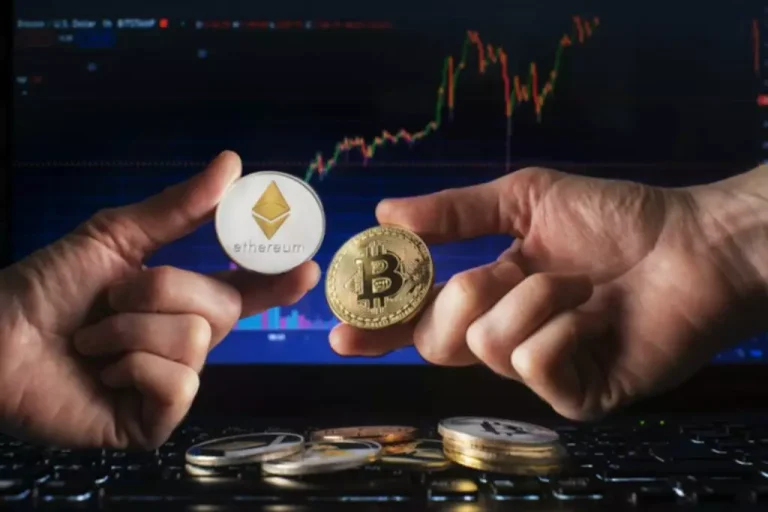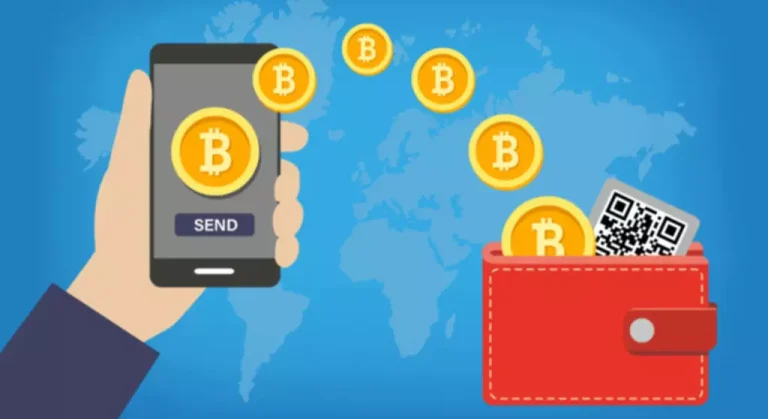Liquidity pools are designed to incentivize customers of different crypto platforms, called liquidity suppliers (LPs). After a sure amount of time, LPs are rewarded with a fraction of charges and incentives, equal to the quantity of liquidity they supplied, called liquidity provider tokens (LPTs). Different platforms and protocols have unique models for managing liquidity pools whereas offering liquidity for varied markets and property. At the same time, traders have their very own incentives for interacting with liquidity pools – often seeking larger yields across totally different markets. This course of known as liquidity mining and we talked about it in our Yield Farming article. Basic liquidity swimming pools corresponding to those utilized by Uniswap use a constant product market maker algorithm that makes certain that the product of the quantities of the 2 provided tokens at all times stays the same.

Cryptopedia does not assure the reliability of the Site content and shall not be held responsible for any errors, omissions, or inaccuracies. The opinions and views expressed in any Cryptopedia article are solely these of the author(s) and do not reflect the opinions of Gemini or its administration. A certified skilled should be consulted prior to making monetary choices. In its basic type, a single liquidity pool holds 2 tokens and each pool creates a new marketplace for that particular pair of tokens. DAI/ETH could be a good instance of a popular liquidity pool on Uniswap. For trades to happen, each consumers and sellers need to converge on the value.
Liquidity Swimming Pools Vs Staking
To take part in a liquidity pool and see how it works for your self, create an account on a decentralized change like Uniswap. MetaMask is a well-liked choice among DeFi customers for its ease of use and integration into an internet browser. The Brave browser additionally comes with a built-in web3 pockets that makes it simple for customers to access totally different dApps like these used in DeFi.
You may additionally face slippage, which is the distinction within the worth you wished to sell an asset for vs. the price it actually offered for. The primary purpose for that is the fact that the order guide mannequin relies closely on having a market maker or a number of market makers willing to at all times “make the market” in a sure asset. Without market makers, an exchange becomes immediately illiquid and it’s pretty much unusable for normal users.
In standard financial markets, centralized intermediaries present liquidity. For instance, banks will lend you money with out matching dollar-for-dollar with depositors. And inventory exchanges use specialists and market maker incentives to encourage buying and selling and liquidity. When a brand new pool is created, the first liquidity provider is the one that units the preliminary price of the belongings within the pool.
How Do Liquidity Swimming Pools Work? Defi Defined
This could be carried out by providing more tokens for particular “incentivized” pools. Being a participant in these pools and getting as many LP tokens as attainable is called liquidity mining. They tried to imitate traditional exchanges with order books, and this didn’t work very nicely.

There are multiple ways for a liquidity supplier to earn rewards for offering liquidity with LP tokens, including yield farming. Curve swimming pools, by implementing a slightly different algorithm, are able to offer lower https://www.xcritical.com/ fees and lower slippage when exchanging these tokens. When liquidity is provided to a pool, the liquidity supplier (LP) receives particular tokens known as LP tokens in proportion to how much liquidity they equipped to the pool.
Gives pool creators the flexibility to dynamically change parameters such as fees and weights. Learn extra about Consensus 2024, CoinDesk’s longest-running and most influential event that brings together all sides of crypto, blockchain and Web3. As of January 2022, approximately 1.7 billion adults worldwide had been estimated to be unbanked, based on data from the World Bank’s Global Findex database. In different words, close to one-quarter of the world’s inhabitants doesn’t have an account with a monetary institution.
Diving Into Defi: A Beginner’s Information To Liquidity Swimming Pools
The LP tokens a consumer will get is according to the quantity of liquidity they have provided to the pool. When a pool facilitates a commerce, the trading charge is proportionally shared amongst the LP token holders. The answer to the query “what is a liquidity pool” gets difficult when it comes to the technical aspects. In a nutshell, liquidity pools are crowdfunded swimming pools of crypto used to facilitate trades and carry out different features in DeFi. This technique of financing operations has made potential a quantity of revolutionary decentralized financial services. Some DeFi platforms provide additional incentives for users to lock up tokens within the pool.
Some platforms, like Yearn.finance, can mechanically move consumer funds to totally different DeFi protocols in accordance with a user’s most well-liked danger tolerance and desired reward. Yield farming is a follow involving using multiple liquidity providers in a way that may maximize yield. Staking crypto works a lot the same means as participating in a pool, although the method could additionally be completely different. Another use of liquidity swimming how does liquidity work in crypto pools involves what’s often recognized as yield farming, which we’ll explain in more element shortly. Continue reading this crypto guide to study concerning the innovation of liquidity swimming pools and their various use cases. Bancor’s latest version, Bancor v2.1, provides a quantity of key features to liquidity suppliers (LPs), including single-sided publicity and impermanent loss safety.
Professional Crypto Tax Plans
That would pace up orders and transactions, making clients pleased. On the opposite hand, illiquidity is corresponding to having just one cashier with a protracted line of customers. That would lead to slower orders and slower transactions, creating unhappy clients. ✝ To verify the rates and terms you could qualify for, SoFi conducts a delicate credit score pull that will not affect your credit score score. In addition to hacks, some DeFi initiatives have proven to be outright scams from the beginning.

LP tokens could be valuable property in their very own right, and can be used all through the DeFi ecosystem in varied capacities. Liquidity pools purpose to resolve the issue of illiquid markets by incentivizing customers themselves to provide crypto liquidity for a share of trading charges. Trading with liquidity pool protocols like Bancor or Uniswap requires no buyer and vendor matching. This means users can merely exchange their tokens and property using liquidity that’s offered by customers and transacted by way of good contracts. A liquidity pool have to be in-built such a means that rewards crypto liquidity providers who stake their belongings in a pool. Hence, most liquidity suppliers earn trading fees and crypto rewards from the DEXs they supply liquidity for.
When a commerce is facilitated by the pool a zero.3% payment is proportionally distributed amongst all of the LP token holders. If the liquidity supplier needs to get their underlying liquidity back, plus any accrued fees, they need to burn their LP tokens. LP tokens are assets that can be utilized throughout the DeFi ecosystem in varied degrees.
How Liquidity Swimming Pools Work
Rug pulls contain developers making a project, attracting investor funds, after which shutting down operations while making off with every thing individuals had deposited. Consumers typically don’t have any authorized recourse in these cases, and monitoring down the perpetrators could be tough, if not impossible.
A liquidity pool is a set of cryptocurrency funds grouped into a smart contract. This smart contract supplies customers of decentralized exchanges (DEXs) with access to liquidity for their trades. Rather than conventional order books containing buy and sell orders, most DEXs use automated market makers (AMMs) to facilitate trades routinely via liquidity pools. There are many different DeFi markets, platforms, and incentivized pools that allow you to earn rewards for offering and mining liquidity by way of LP tokens. So how does a crypto liquidity supplier choose where to position their funds? Yield farming is the apply of staking or locking up cryptocurrencies inside a blockchain protocol to generate tokenized rewards.
In addition, you would be incomes SUSHI tokens in change for staking your LPTs. SushiSwap (SUSHI) and Uniswap are widespread DeFi exchanges that use liquidity swimming pools on the Ethereum network containing ERC-20 tokens. Constant product models, like Uniswap’s, are the most typical method to constructing liquidity pools. No matter how a lot the 2 sides go up and down, the product of the weights on each side stays constant. Similarly, Uniswap and different protocols use the product of two tokens to set the value. In this text, you’ll learn how liquidity pools work underneath the surface and the way that impacts the DeFi ecosystem, together with traders, debtors, and different individuals.
Most usually, incentives come in the form of buying and selling fees from the trade that utilizes the pool. When somebody provides liquidity to a pool, they may acquire a liquidity provider (LP) token for doing so. The tokens themselves may be useful, but in addition produce other capabilities contained in the decentralized finance (DeFi) ecosystem.